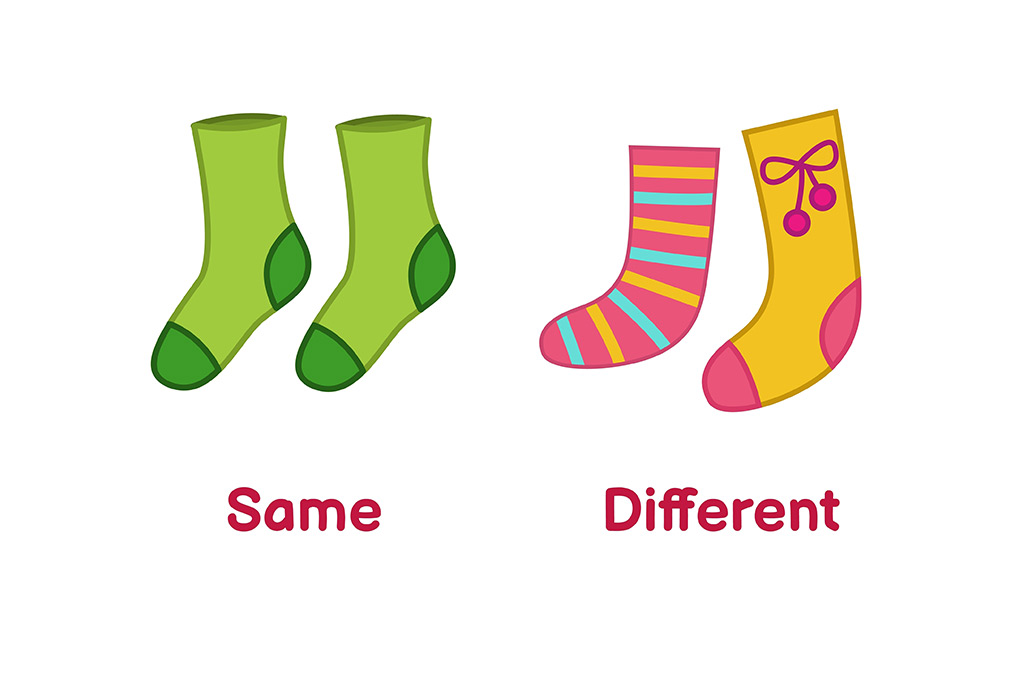Forensic science, often portrayed in popular media as a glamorous pursuit of justice, is in reality a complex and multifaceted field. It’s not a single discipline, but rather an umbrella term encompassing a diverse array of scientific specialties, each contributing its unique expertise to the investigation and resolution of legal matters. These specialties, like interwoven threads, create a tapestry of evidence, revealing the truth hidden within the shadows of crime. Let’s delve into some of the most prominent and intriguing branches of this fascinating domain.
1. Forensic Pathology: Unraveling the Mysteries of Death
Forensic pathology, sometimes described as the silent witness, is the branch of forensic science that focuses on determining the cause and manner of death. Forensic pathologists, often medical examiners, are physicians who specialize in examining deceased individuals to ascertain how they died, whether from natural causes, accident, suicide, or homicide. They perform autopsies, meticulously dissecting the body, examining organs, and collecting tissue samples for microscopic and toxicological analysis. A pathologist’s expertise can discern subtle clues, such as the trajectory of a bullet, the presence of toxins, or the presence of pre-existing conditions that may have contributed to the demise. Their reports are often crucial in criminal investigations, providing critical evidence regarding the circumstances surrounding a death.
Imagine a detective searching for answers to how the victim died; that’s exactly what a forensic pathologist does. They’re not just doctors; they are detectives armed with scalpels and microscopes.
2. Forensic Toxicology: The Chemical Alchemist of Crime
Forensic toxicology deals with the detection and identification of drugs, poisons, and other chemicals in biological samples, such as blood, urine, and tissue. Toxicologists play a vital role in determining whether drugs or alcohol were a contributing factor in a crime, whether it’s a traffic accident, a suspected poisoning, or a drug-related death. The detection of novel psychoactive substances and their impact on human physiology remains a key challenge in this constantly evolving sphere. They use sophisticated analytical techniques, like gas chromatography-mass spectrometry (GC-MS) and liquid chromatography-mass spectrometry (LC-MS), to separate and identify even trace amounts of substances. The work of a forensic toxicologist is crucial in establishing the presence of toxins and their potential role in the incident under investigation.
Think of them as the modern-day alchemists, except instead of turning lead into gold, they turn biological samples into irrefutable evidence.
3. Forensic Anthropology: Speaking for the Bones
Forensic anthropology focuses on the examination and analysis of skeletal remains. Forensic anthropologists are experts in human osteology (the study of bones) and are frequently called upon to identify human remains, determine the age, sex, stature, and ancestry of an individual, and identify any evidence of trauma or disease. They can distinguish between antemortem (before death), perimortem (at or around the time of death), and postmortem (after death) injuries, providing valuable insights into the circumstances surrounding a death. Their expertise is particularly crucial in cases involving mass disasters, war crimes, or the recovery of ancient remains. They are, in essence, the storytellers of the skeletal world, translating the silent language of bones into a narrative of life and death.
They are able to reconstruct a life story from fragmented remains, bringing identity to the faceless and voiceless.
4. Forensic Entomology: Insects as Silent Witnesses
Forensic entomology is the study of insects and other arthropods in relation to criminal investigations. The arrival and development of insects on a body, particularly blowflies, can provide valuable information about the time of death, known as the postmortem interval (PMI). Entomologists analyze the insect species present, their developmental stages, and the environmental conditions to estimate how long a body has been deceased. They can also determine if a body has been moved from one location to another based on the presence of insect species not native to the original location. Furthermore, insect evidence can sometimes link a suspect to a crime scene. The discipline offers a fascinating, if somewhat macabre, glimpse into the postmortem ecosystem.
Imagine a swarm of insects providing clues to the truth. Forensic entomologists can decipher the secrets hidden within the buzzing wings and crawling bodies.
5. Forensic Psychology and Psychiatry: Mind Games
Forensic psychology and psychiatry involve the application of psychological and psychiatric principles to legal matters. Forensic psychologists and psychiatrists evaluate the mental state of individuals involved in legal proceedings, such as defendants, victims, and witnesses. They may assess competency to stand trial, evaluate sanity at the time of the crime, or provide expert testimony on issues such as eyewitness testimony or the psychological impact of trauma. They may also be involved in criminal profiling, attempting to develop a behavioral profile of a suspect based on crime scene evidence. They’re deciphering the labyrinthine pathways of the human mind to aid the justice system.
These experts delve into the dark recesses of the human mind, seeking to understand the motivations and behaviors that drive individuals to commit heinous acts.
6. Digital Forensics: Unveiling the Secrets of the Digital Realm
In our increasingly digital world, digital forensics has become a crucial component of forensic science. Digital forensics involves the recovery, analysis, and preservation of electronic evidence from computers, smartphones, and other digital devices. Digital forensic experts can recover deleted files, analyze internet browsing history, trace email communications, and identify malware. This evidence can be used to solve a wide range of crimes, from cybercrime and fraud to homicide and terrorism. As our lives become more intertwined with technology, the importance of digital forensics will only continue to grow. They are the digital archaeologists of the 21st century, excavating information from the digital landscape.
Every click, every swipe, every online interaction leaves a trace. Digital forensic experts are the ones who follow those trails, piecing together the digital puzzle.
7. Forensic Ballistics: The Science of Projectiles
Forensic ballistics is the study of firearms and ammunition. It involves the examination of firearms, bullets, and cartridge cases to determine whether a particular firearm was used in a crime. Ballistics experts can analyze bullet trajectories, compare bullets and cartridge cases to known standards, and determine the distance from which a shot was fired. They can also restore obliterated serial numbers on firearms. Their expertise is crucial in cases involving shootings, homicides, and other crimes involving firearms.
Think of it as the science of deciphering the language of bullets, revealing the story told by the projectile’s path.
In conclusion, forensic science is a complex and diverse field that draws upon a wide range of scientific disciplines to solve legal problems. Each specialty, whether it be pathology or digital forensics, plays a vital role in the pursuit of justice. These experts, armed with their specialized knowledge and tools, are the unsung heroes of the justice system, working tirelessly to uncover the truth and ensure that justice is served.










Leave a Comment